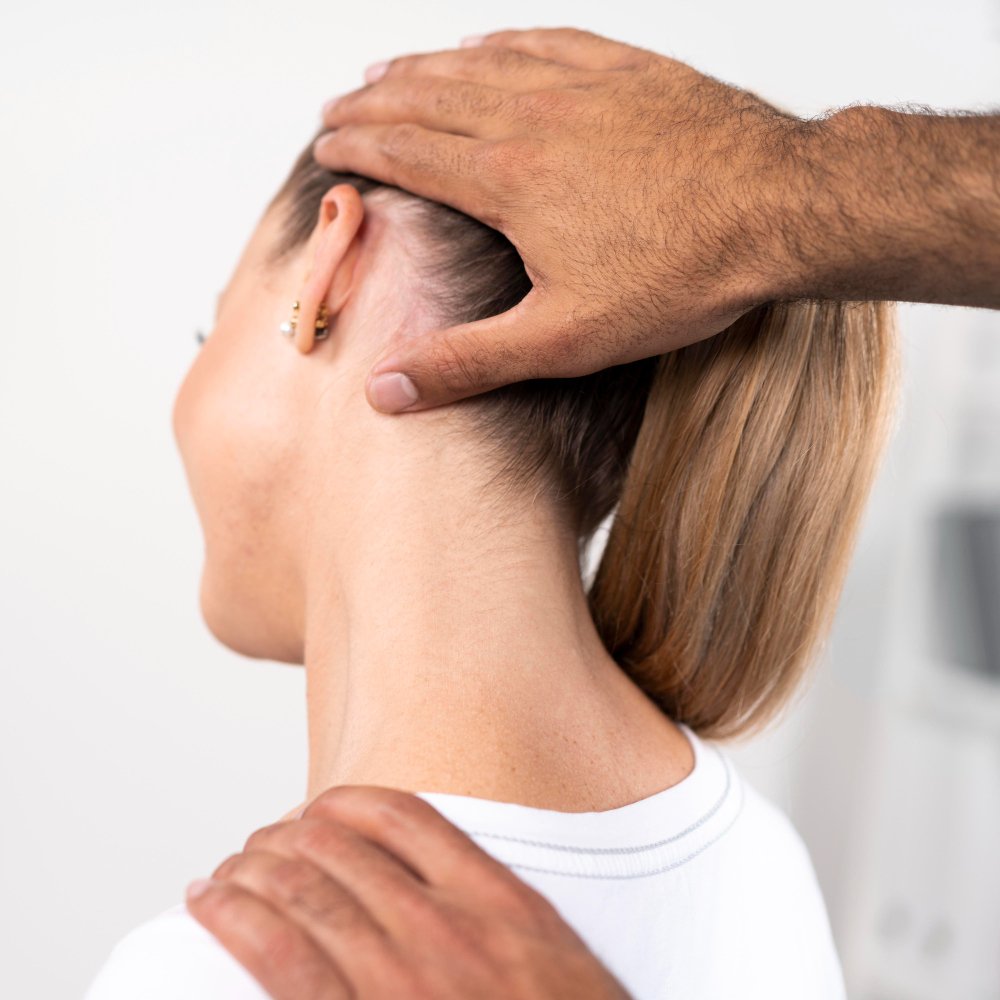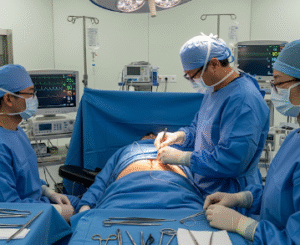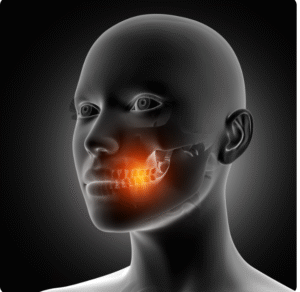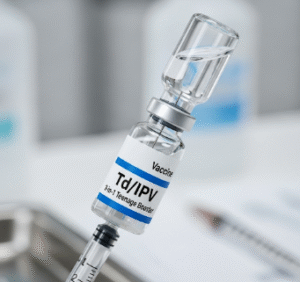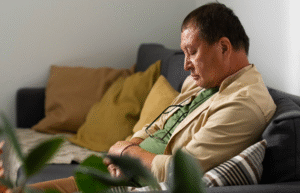Overview
Symmetric Tonic Neck Reflex (STNR) abnormality is a neurological developmental reflex disorder typically seen in infants and young children. Normally, STNR helps coordinate movement between the head and limbs during early development. However, when the reflex persists abnormally beyond infancy, it can interfere with motor skills, posture, and coordination, often impacting learning and physical activities.
What is Symmetric Tonic Neck Reflex Abnormality?
STNR is a primitive reflex that normally appears around 6-9 months of age and integrates by about 11 months. It helps infants learn to crawl by coordinating head movement with limb motion. When the reflex persists beyond the typical age, it is called abnormal STNR, causing difficulty in controlling head, neck, and limb movements.
This abnormal persistence may indicate underlying neurological issues or developmental delays.
Symptoms
- Difficulty crawling or delayed crawling milestones
- Poor posture and balance
- Challenges in sitting still or maintaining focus
- Problems with hand-eye coordination
- Clumsiness and frequent tripping or falling
- Difficulty crossing the midline during activities
- Issues with fine motor skills such as writing or buttoning clothes
Causes
- Neurological developmental delays or disorders
- Cerebral palsy or brain injury
- Autism spectrum disorders
- Prematurity or low birth weight
- Genetic or metabolic disorders affecting the nervous system
Risk Factors
- Premature birth
- History of perinatal brain injury
- Developmental disorders diagnosed in infancy or early childhood
- Family history of neurological or developmental disorders
Complications
- Delayed motor development
- Poor academic performance due to coordination difficulties
- Increased risk of injuries from falls
- Social and emotional challenges related to physical limitations
Prevention
- Early developmental screening and intervention
- Adequate prenatal and perinatal care
- Physical and occupational therapy support when delays are suspected
- Parent and caregiver education on developmental milestones
Treatment Options in Korea
South Korea provides advanced pediatric neurology and rehabilitation services focused on early diagnosis and intervention for reflex abnormalities.
Diagnosis
- Detailed developmental and neurological examination by pediatric neurologists
- Observation of reflex responses and motor behavior
- Imaging studies (MRI) if brain abnormalities are suspected
- Neurodevelopmental assessments
Treatment Approaches
- Physical and Occupational Therapy
- Exercises to inhibit abnormal reflexes and promote normal movement patterns
- Activities to improve posture, balance, and coordination
- Fine motor skill development
- Early Intervention Programs
- Multidisciplinary support including speech therapy and behavioral therapy if needed
- Parental training for home exercises
- Medical Management
- Treatment of underlying neurological conditions if identified
- Use of assistive devices in severe cases

